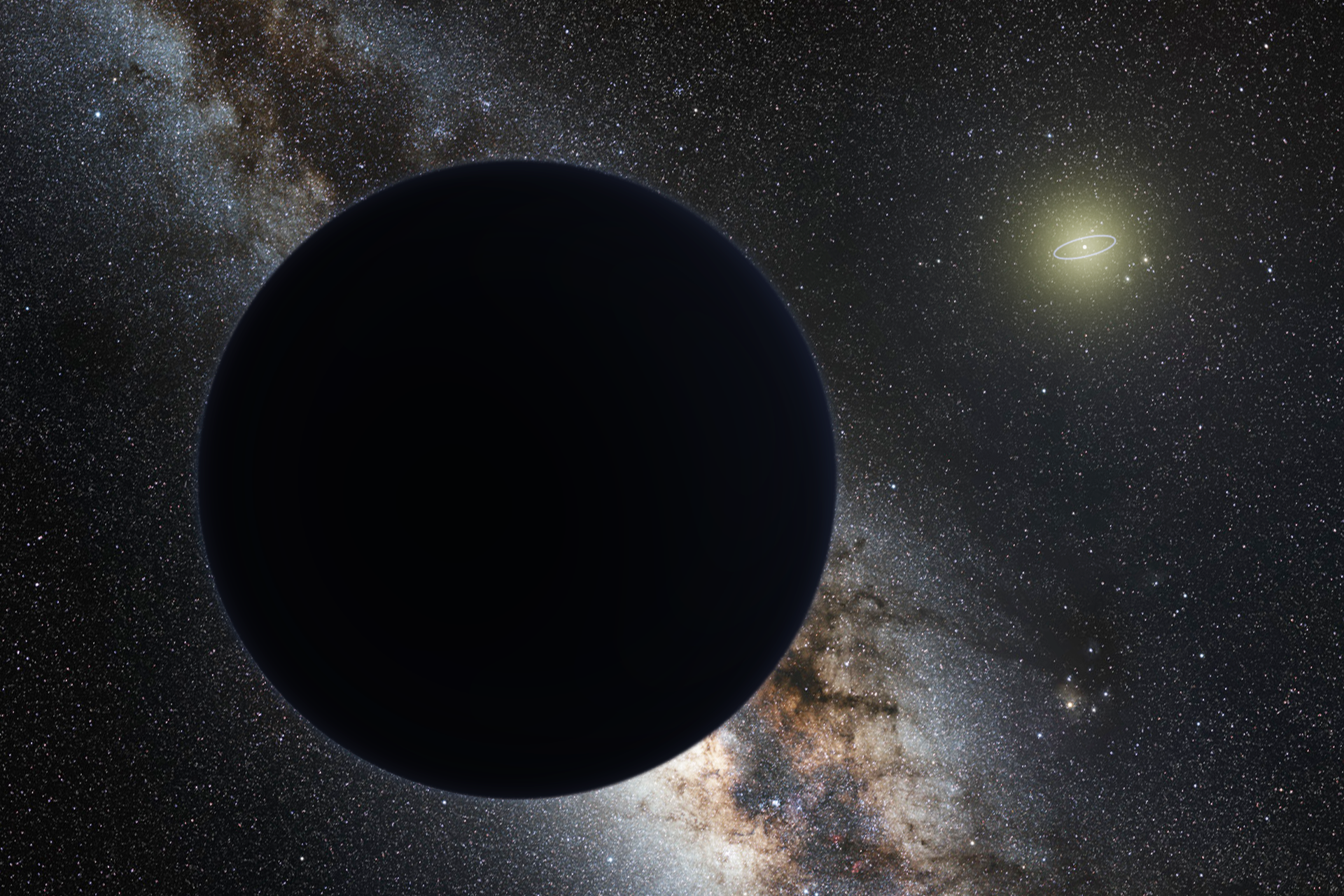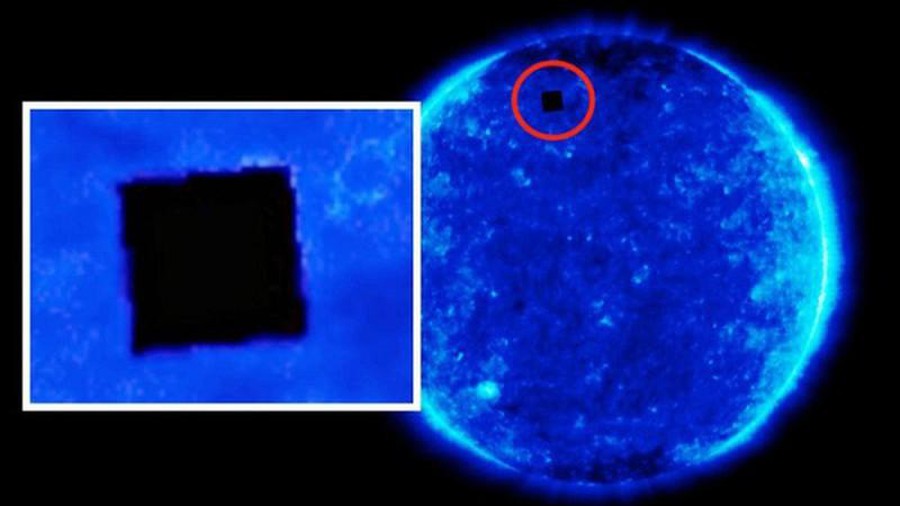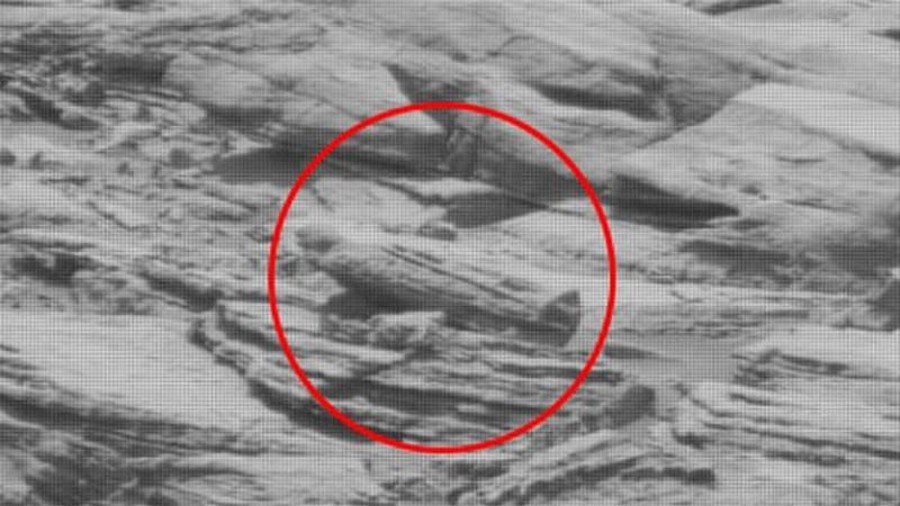Appears more clues proving the existence of the mysterious 9th Planet in the Solar system
In a remote part of the Solar System, far beyond Neptune, exists a place known as the Kuiper Belt, consisting of hundreds of thousands of frozen celestial objects with polar orbits. Unusual chaos period. Some astronomers have theorized that these objects are reacting to the gravitational pull of an undiscovered giant planet called "Planet 9", which may be hidden. deep inside the Kuiper Belt.
However, up to now, there is no image or data recorded its presence. However, not except for the possibility that Planet 9 exists out there, but because it is so far away from Earth, we can hardly detect it.
However, most recently, scientists have unexpectedly found clues about the existence of this mysterious planet through an exoplanet located far from Earth.

Planet 9 may be lurking deep inside the Kuiper Belt
Accordingly, scientists have discovered a giant exoplanet named HD 106906B orbiting the binary star system HD 106906, 336 light years away from us. With a mass 11 times that of Jupiter, HD 106906B's strangest point comes from the fact that the planet orbit is very far away from its host star, 730 times the distance from Earth to the Sun.
At this distance, the gravitational pull of the host star on HD 106906B is very weak, making the planet take up to 15,000 thousand years to make a rotation around the host star. The Hubble Telescope also shows that HD 106906B has a polarized orbit and is located in an area of icy objects like the Kuipe Belt of the solar system.
According to the researchers, HD 106906B could help explain how a planet could be ejected to the periphery of the stellar system without being completely 'expelled' into interstellar space.
Accordingly, HD 106906B formed quite close to its host star, even closer than Earth to the sun. Over time, the orbit of this exoplanet gets closer and closer to its host stars.

HD 106906B is located very far away from its 2 host stars
However, rather than being completely 'swallowed up', the pair's complex gravitational pull has pushed the planet into a new orbit, sending it far into space. Such an orbit could have taken the exoplanet beyond its stellar system, putting HD 106906B at risk of becoming a nomad. But luckily (?!), Another star passed by HD 106906, stabilizing the orbit of HD 106906B and preventing it from being ejected from the star system.
"HD106906b is very far away from the star pair and has very skewed orbits, just like the ninth planet predictions. This raises the question of how such planets formed and evolved to achieve the present. like it is today, "said expert Meiji Nguyen at the University of California, Berkeley, lead author of the new study.
A similar event could have happened in our Solar System, if Planet 9 actually existed. This mysterious planet may have formed close to the Sun, before being pushed back by Jupiter's gravity toward regions at the boundary of the solar system.
It is known that the 3D galaxy mapping project Gaia of the European Space Agency will help to identify early possible star interactions that may have occurred in the history of the Solar System.
"It's like we have a time machine that goes back 4.6 billion years to see what might happen when our solar system is still in its infancy," says researcher Paul. Kalas of the University of California, Berkeley said.
Check out Live Science
You should read it
- How fast can a rocket fly to win gravity and escape the Earth?
- The first 'wandering black hole' was discovered, 7 times as massive as the sun, and it took scientists 6 years to observe it
- NASA announced: Google's AI detects new planets that cause the Solar System's record to be leveled
- Admire 10 priceless photos taken by NASA's Spitzer telescope
- What is Data Scientist? How to become Data Scientist?
- An 'alien' object will fly over Earth in 2017?
- NASA's space telescope finds three new planets with rare features
- The great mystery of the Solar System has just been unlocked
May be interested
- Space Science: The order of 8 (or 9) planets in the Solar System
 let's learn about the order of 8 (or 9) planets in our solar system!
let's learn about the order of 8 (or 9) planets in our solar system! - 9 new scientific mysteries that have not been solved make it difficult for scientists
 the 9th planet in the solar system, tully's nonsense, the gap in giza's great pyramid in egypt ... is a few unexplained mysteries that scientists have a headache. how many of these mysteries will be decoded in the future?
the 9th planet in the solar system, tully's nonsense, the gap in giza's great pyramid in egypt ... is a few unexplained mysteries that scientists have a headache. how many of these mysteries will be decoded in the future? - Discovered evidence that 'Solar System 2.0' has water
 the solar system 2.0 is the trappist-1 star system of 7 planets the size of the earth, about 40 light-years away, discovered by scientists in early 2017.
the solar system 2.0 is the trappist-1 star system of 7 planets the size of the earth, about 40 light-years away, discovered by scientists in early 2017. - 5 interesting facts about TRAPPIST-1, solar system version 2.0
 tranppist-1 has more red color and much lower temperature than the sun. its size is only slightly larger than jupiter and about 40 light-years from our earth.
tranppist-1 has more red color and much lower temperature than the sun. its size is only slightly larger than jupiter and about 40 light-years from our earth. - Discover the strange green planet HD 189733b outside the solar system
 let's explore the alien planet hd 189733b with the wind blowing 8,700km / h and the atmosphere of 3,000 degrees c.
let's explore the alien planet hd 189733b with the wind blowing 8,700km / h and the atmosphere of 3,000 degrees c. - Discover a new dwarf planet about the size of a Pluto in the Solar System
 according to experts, in the future, 2010 dwarf planet jo179 can fly into the atmosphere at the edge between the sun and earth.
according to experts, in the future, 2010 dwarf planet jo179 can fly into the atmosphere at the edge between the sun and earth. - Faraway places in the solar system
 are you curious to know what the farthest places in the solar system are? this article will list the farthest places in the solar system for you.
are you curious to know what the farthest places in the solar system are? this article will list the farthest places in the solar system for you. - Is the 9th planet in the solar system 10 times the size of Earth?
 planets are considerably smaller than the stars found in the universe, but they do have some fascinating and unique features such as textures, atmospheres, elements present, rings, etc. here are lesser known facts about planets.
planets are considerably smaller than the stars found in the universe, but they do have some fascinating and unique features such as textures, atmospheres, elements present, rings, etc. here are lesser known facts about planets. - Successfully measuring weather systems on planets outside the solar system
 scientists have published full results of the successful measurement of the weather system on the planet hd 189733b. this information is noticed by the global hydrology
scientists have published full results of the successful measurement of the weather system on the planet hd 189733b. this information is noticed by the global hydrology - The planet has the fastest wind in the solar system, reaching a speed of 2,400 km/h
 neptune is very interesting, on this planet has the fastest winds in the solar system. they are swirling clouds, extremely powerful with extremely fast speeds of up to 2,400km/h.
neptune is very interesting, on this planet has the fastest winds in the solar system. they are swirling clouds, extremely powerful with extremely fast speeds of up to 2,400km/h.










 The answer to the disappearance of water on Mars already exists
The answer to the disappearance of water on Mars already exists Detecting monstrous black holes, 20 billion times larger than the sun and growing 'fast'
Detecting monstrous black holes, 20 billion times larger than the sun and growing 'fast' Mysterious black objects appear in NASA sun photos
Mysterious black objects appear in NASA sun photos 3D map of the largest universe ever
3D map of the largest universe ever Detecting strange objects like alien coffins on Mars
Detecting strange objects like alien coffins on Mars 10 strange and interesting facts about the universe you may not have heard of
10 strange and interesting facts about the universe you may not have heard of